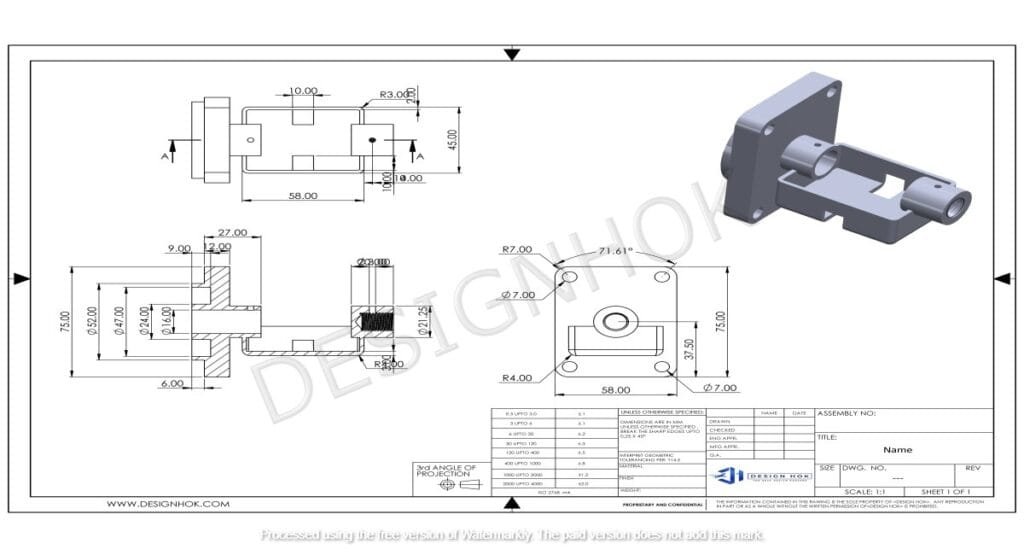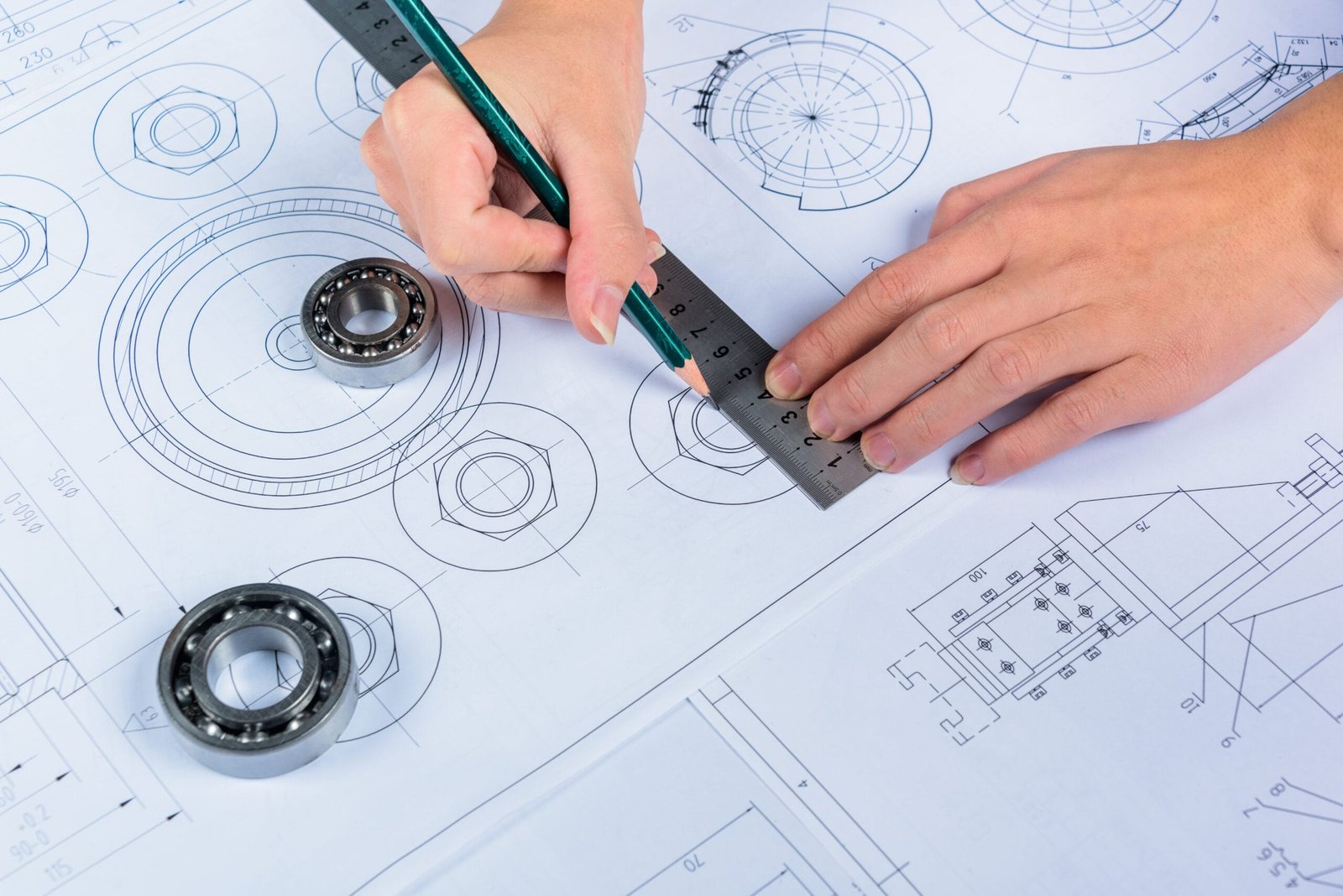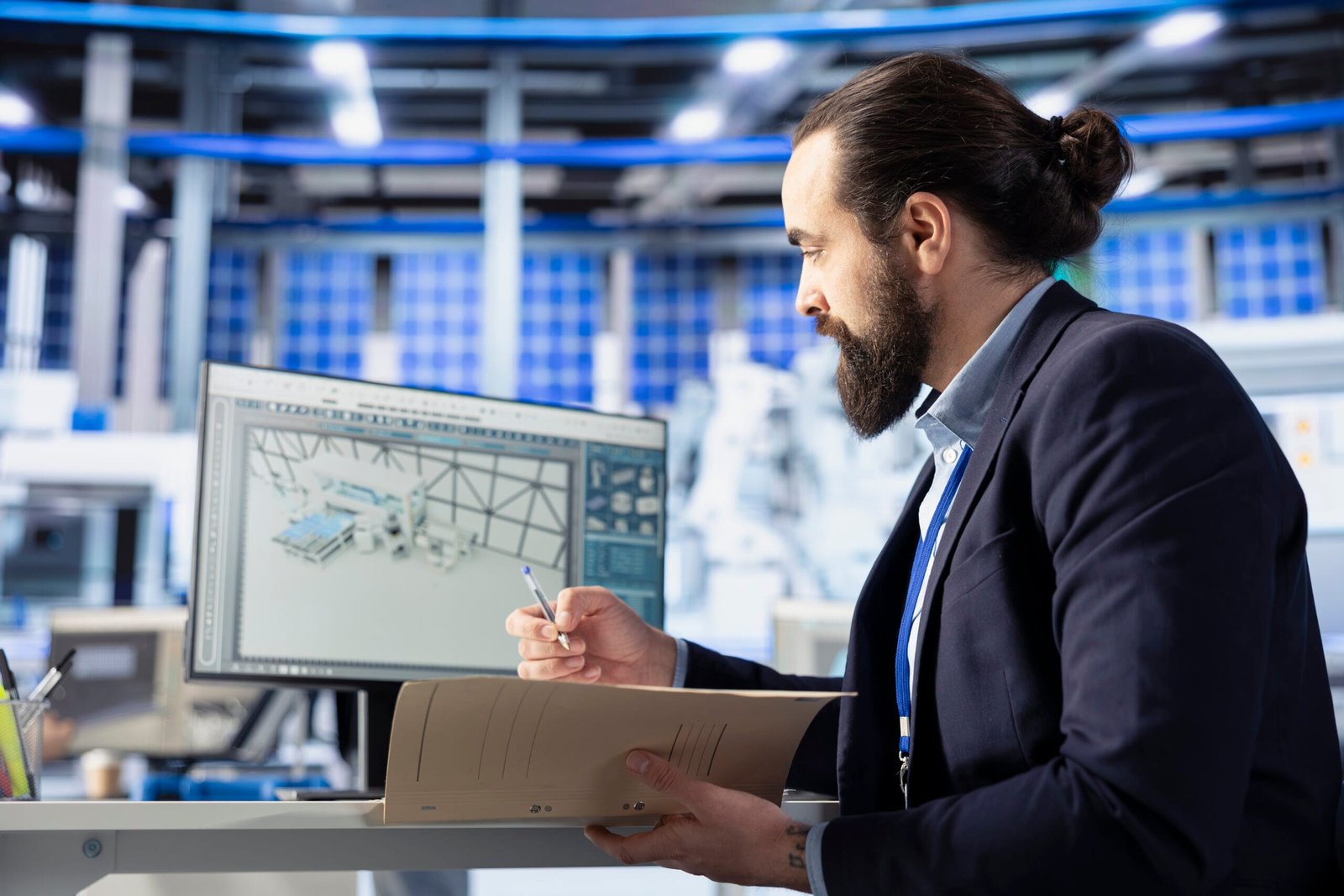Description:
3D modeling services have revolutionized the way businesses, engineers, architects, and designers create and visualize their ideas. The world of 3D modeling, highlighting its applications across various industries, the benefits it offers, and how these services enhance creativity, efficiency, and decision-making. With real-life examples and an overview of different 3D modeling techniques, this guide provides a complete understanding of why 3D modeling is crucial for innovation and design today.
Introduction
The demand for 3D modeling services has reached unprecedented heights. From architecture and product design to entertainment and healthcare, the ability to create detailed and accurate digital representations of real-world objects has transformed industries across the globe. 3D modeling allows creators to visualize their concepts, test designs before production, and make informed decisions—all before the first physical prototype is made.
Whether you’re an architect designing buildings, an engineer developing mechanical parts, or a game developer creating digital worlds, 3D modeling services play an essential role in turning your ideas into reality.
What is 3D modeling?
3D modeling is the process of creating a three-dimensional representation of an object or a scene using specialized computer software. The object created can be anything from a small part, like a screw, to a large complex structure, such as a skyscraper. Unlike 2D graphics, which use flat images to depict objects, 3D models provide a virtual three-dimensional space in which depth, volume, and perspective are all accounted for.
3D models can be visualized and manipulated from different angles and can be used for a wide range of applications, including animation, simulation, and rendering. The process involves a variety of techniques and tools to ensure that every detail is captured accurately.

Applications of 3D Modeling Services
The versatility of 3D modeling services makes them applicable across many industries. Below are some of the key sectors where 3D modeling plays a vital role:
- Architecture and Real Estate
In architecture, 3D modeling services allow architects to design detailed models of buildings, landscapes, and interiors before they are constructed. This helps in visualizing the end result, understanding the spatial layout, and making design improvements. Real estate developers also use 3D models to create virtual tours of properties, giving prospective buyers an immersive experience of the space. - Product Design and Prototyping
Designers and engineers use 3D modeling to create virtual prototypes of products. These prototypes are tested digitally for functionality and aesthetic appeal before any physical work begins. This process helps save both time and money, as flaws can be identified and corrected early in the design phase. - Entertainment and Animation
The film, video game, and animation industries rely heavily on 3D modeling to create characters, objects, and environments that appear lifelike. Through 3D modeling, creators can build complex scenes with intricate details, allowing them to push the boundaries of creativity and storytelling. - Medical Field
In healthcare, 3D models are used to create anatomical structures for educational purposes, design medical devices, and even simulate surgeries. Doctors can plan operations more effectively by working with 3D representations of their patients’ bodies, improving outcomes and reducing risks. - Engineering and Manufacturing
Engineers rely on 3D models for designing and testing mechanical systems, machinery, and electrical components. 3D modeling services help ensure that each part fits perfectly within an assembly, reducing errors during production and enabling more efficient manufacturing processes.

Benefits of 3D Modeling Services
The rise of 3D modeling has brought numerous benefits across industries, including:
- Enhanced Visualization
3D modeling provides a more realistic and immersive experience compared to traditional 2D sketches. Designers and stakeholders can see exactly how a product or structure will look in the real world, with all its dimensions and proportions. This makes decision-making faster and more accurate. - Cost and Time Efficiency
By identifying design flaws and issues early in the process, 3D modeling helps save both time and money. For example, creating a virtual prototype allows designers to test out materials, dimensions, and mechanics without the cost of producing physical prototypes. - Better Communication
3D models provide a clear and detailed representation of an idea. This facilitates better communication among team members, clients, and other stakeholders, reducing misunderstandings and errors. For instance, in the construction industry, a 3D model can be shared among architects, engineers, and contractors to ensure everyone is on the same page. - Customization and Iteration
3D modeling allows for easy modifications to a design. As needs evolve, adjustments can be made without starting from scratch. Whether it’s changing a product’s shape or altering the layout of a building, revisions can be made quickly and efficiently. - Realistic Simulation
With advanced rendering tools, 3D models can be turned into highly realistic images or animations. These visualizations can simulate lighting, texture, and other environmental factors, helping to anticipate how the object or design will perform under real-world conditions.
Popular 3D Modeling Techniques
There are several different techniques employed in 3D modeling, each suitable for different applications:
- Polygonal Modeling
This technique is commonly used in animation and video game design. It involves creating models using polygons—usually triangles or quadrilaterals—that are combined to form a mesh. Each polygon represents a small part of the surface of the 3D object. - NURBS Modeling
Non-Uniform Rational B-Splines (NURBS) are used to model smooth surfaces and curves. This technique is popular in automotive design and industrial design where precise, smooth surfaces are required. - Sculpting
Digital sculpting is a more artistic approach to 3D modeling. It allows artists to create organic shapes by manipulating a digital “clay” mesh. This technique is widely used in character design for movies and video games. - Procedural Modeling
Procedure modeling uses algorithms and mathematical functions to create models. This technique is often used to generate large, complex environments, such as landscapes or cityscapes.
Choosing the Right 3D Modeling Service
When selecting a 3D modeling service, consider the following factors:
- Experience and expertise: Choose a provider with experience in your industry to ensure they understand your specific needs.
- Technology: Ensure the service uses the latest 3D modeling software and technologies to deliver high-quality results.
- Portfolio: Review past projects to gauge the service’s capabilities and design style.
- Customization: Make sure the provider can tailor their services to your unique project requirements.
- Cost and Turnaround Time: Get a clear idea of pricing and timelines to ensure they align with your budget and deadlines.
Conclusion
3D modeling services have become an indispensable tool in modern design and engineering. They provide an unparalleled ability to visualize, test, and refine concepts in a digital environment before committing to physical production. Whether it’s for creating innovative products, designing immersive virtual worlds, or improving healthcare solutions, 3D modeling continues to drive progress and innovation across numerous fields.
By embracing the power of 3D modeling, businesses can reduce costs, speed up their development processes, and create better products and designs.
FAQ
1. What is the cost of 3D modeling services?
The cost of 3D modeling services varies depending on the complexity of the project, the experience of the service provider, and the required turnaround time. Simple models may start at a few hundred dollars, while more detailed and intricate models can cost thousands.
2. How long does it take to complete a 3D model?
The time required to create a 3D model depends on the size and complexity of the project. Simple models may take a few days, while more detailed or specialized models could take several weeks.
3. What industries benefit from 3D modeling?
Almost every industry benefits from 3D modeling, including architecture, engineering, manufacturing, entertainment, healthcare, and real estate.
4. Can 3D models be used for animation?
Yes, 3D models are commonly used in animation to create characters, environments, and other assets for films, video games, and virtual simulations.
5. Is 3D modeling suitable for beginners?
While 3D modeling can be complex, there are many tools available for beginners that simplify the process. With practice, individuals can develop their skills and create professional-quality models.





